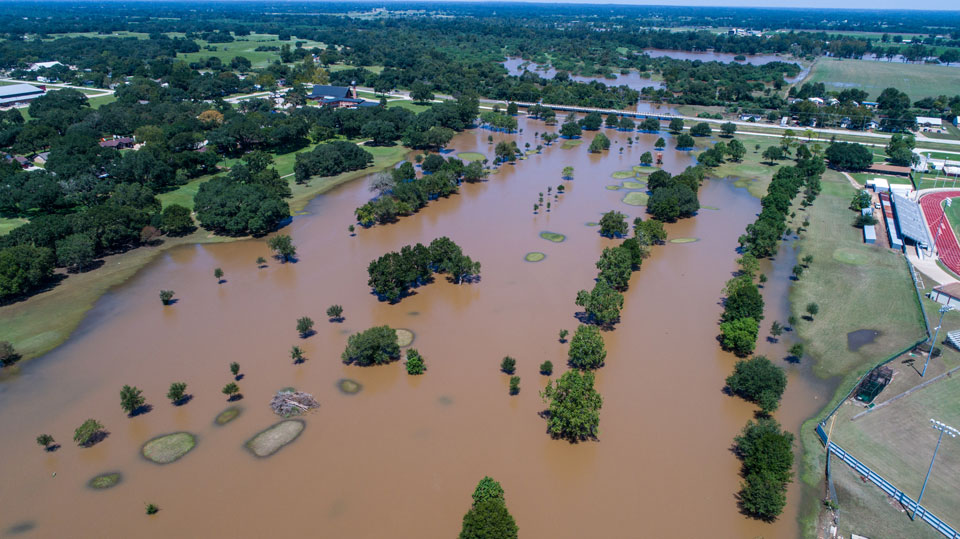
To achieve the visionary goal of planning for the installations of the future, planners need to understand how to mitigate risks to their installations’ critical infrastructure. The key is to integrate resilience into all aspects of the installation systems, including community and social systems as well as the physical environmental system—taking inherent threats in each of those systems into account.
The Tetra Tech team applies innovations in city planning technology in planning, infrastructure design, energy efficiency and sustainability, community-building, and resilience. More specifically, the U.S. Department of Defense (DoD) installations of the future must retain their natural infrastructure and construct physical infrastructure that can protect them from risks associated with changing environmental conditions. For example, installations in flood-prone areas might enhance existing natural infrastructure like wetlands, construct green infrastructure like permeable pavement, or add green stormwater infrastructure to help reduce flooding.
Enabling broad-based resilience is built on the wants and needs of our stakeholders. This is the foundation to creating a plan that can stand the test of time and changes in politics. We engage stakeholders early and often throughout the planning process to evaluate and understand the ideas behind decision-making to make the best long-term investments. By appropriately quantifying the risks and impacts, we can identify sustainable systems that better leverage capital investments and address our stakeholders’ needs. In all cases, capital investments will need to stretch further, so investments mitigate multiple problem areas and create multi-benefit solutions. Especially when faced with natural disasters, stakeholder engagement is a critical component to appropriately balance the immediate need to rebuild and integrate the best long-term solutions for broad-based resilience at each installation.
During initial outreach to the installation, our interdisciplinary team engages the right points of contact and facilitates a weeklong planning workshop, inviting a cross-section of disciplines from military installations or government entities. This is an important step to gaining stakeholder buy-in and gathering an accurate picture of existing conditions and potential risks, and to understanding the stakeholders’ concerns. The workshop includes a leadership kickoff briefing, interviews, data gathering, and facilitated exercises where day-to-day site users share their concerns and culminates with an out brief at the end of the week.
To keep the project momentum and stakeholder engagement, we dedicate ourselves to the risk and impact analysis immediately when we return from the installation. We review all systems: physical infrastructure, social and community, economic, and environmental and ecological. Our risk assessments include an examination at the building level, the larger planning district or area of interest, and how it plays into the entire installation and off-site risks. These may include extreme weather events such as hurricanes, as well as other precipitation, wind, or extreme heat. We also consider outside shocks and stressors such as cyberattacks or exposed vulnerabilities within electrical or communications networks. These risk and impact analyses are critical to understanding the hazards that could affect the sustainability of an installation.
The Tetra Tech team analyzes the relationships among mission, environmental, and community factors; and the interdependencies between networks and infrastructure, while concurrently identifying vulnerable ecosystems, habitats, and geographic areas that contribute to our broad-based frameworks for comprehensive resilience in our military communities.